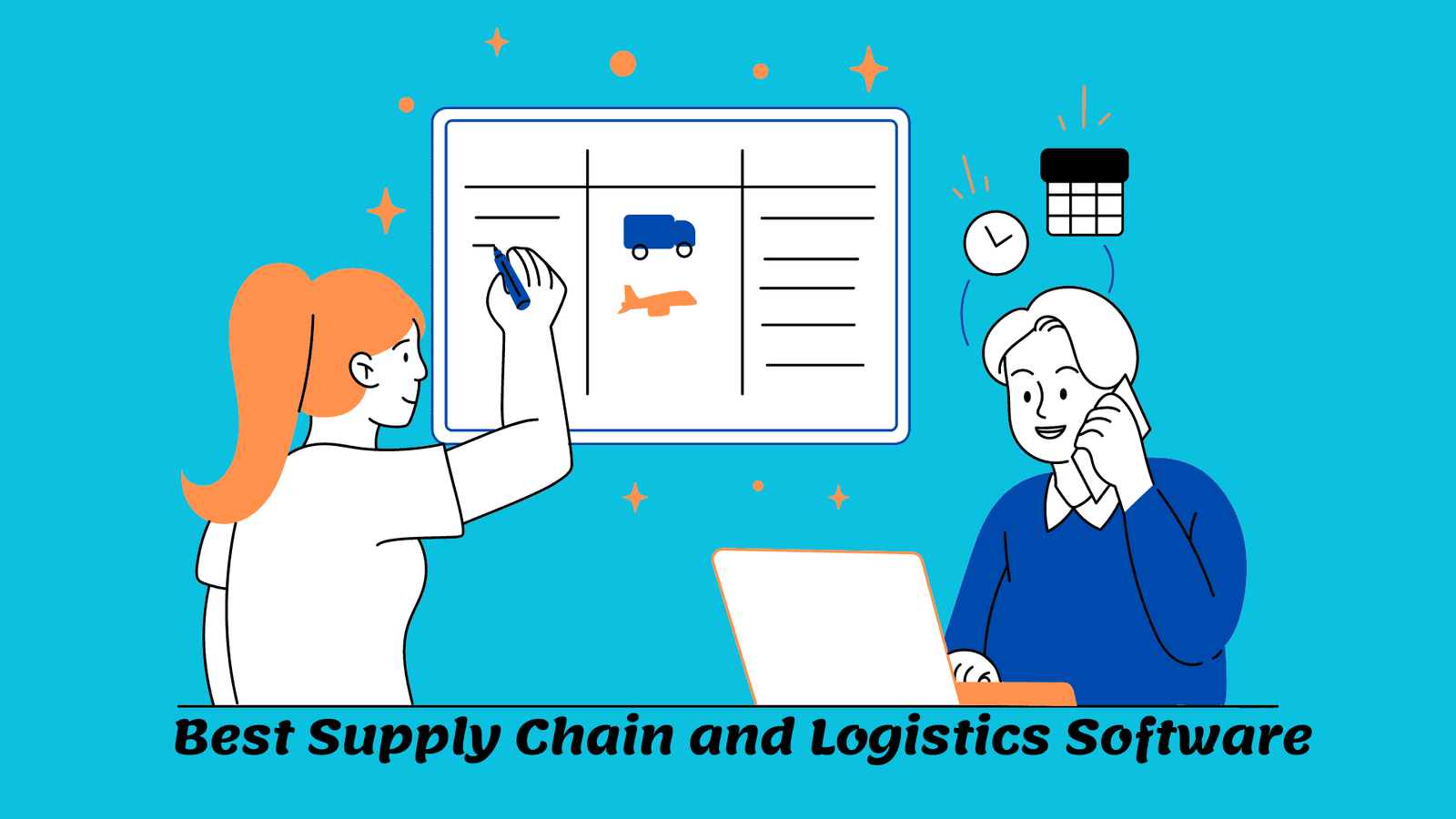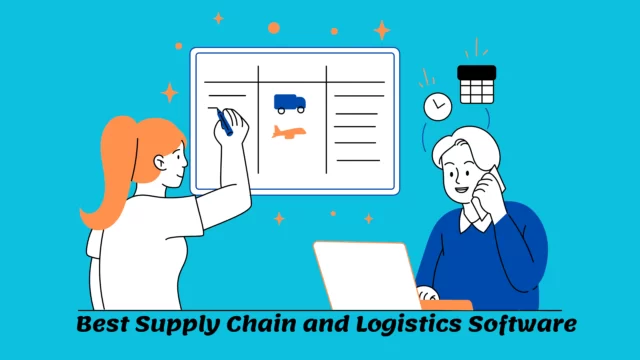Mastering multiple vendor management is crucial for organizational success in today’s dynamic business environment. This blog post explores strategies for selecting the right vendors, establishing effective communication, negotiating favorable contracts, and leveraging technology to enhance vendor management. Learn how to build strong vendor relationships, monitor performance, and mitigate risks to ensure a reliable and cost-effective supply chain, ultimately providing a competitive advantage.
Mastering Multiple Vendor Management: Strategies for Success
In today’s dynamic business environment, managing multiple vendors has become a crucial component of organizational success. Multiple vendor management involves overseeing and coordinating interactions with various external suppliers to ensure seamless operations and the delivery of quality goods and services. Efficient vendor management is vital because it directly impacts the cost-effectiveness, reliability, and overall quality of the supply chain. Failure to manage vendors effectively can lead to operational disruptions, increased costs, and compromised service quality, which can harm an organization’s competitive edge.
Organizations face numerous challenges when managing multiple vendors. These challenges include maintaining consistent communication, ensuring compliance with contractual obligations, and managing the performance of each vendor. Additionally, coordinating schedules, handling conflicts, and mitigating risks associated with vendor relationships add layers of complexity to the process. Without a structured approach, these challenges can become overwhelming, leading to inefficiencies and potential losses.
Despite these challenges, the benefits of a well-structured vendor management strategy are significant. A robust vendor management system can enhance operational efficiency, reduce costs, and improve service delivery. By fostering strong relationships with vendors, organizations can negotiate better terms, gain access to innovative solutions, and ensure a reliable supply chain. Furthermore, effective vendor management enables organizations to swiftly respond to market changes and customer needs, providing a competitive advantage in an ever-evolving marketplace.
Therefore, mastering multiple vendor management is not just a necessity but a strategic imperative. It sets the foundation for building resilient and adaptable business processes. This blog post will delve deeper into the strategies and best practices for successful vendor management, guiding organizations on how to navigate the complexities and maximize the benefits of working with multiple vendors.
Identifying and Selecting the Right Vendors
Identifying and selecting the right vendors is a critical step in effective vendor management. The process begins with defining clear criteria for vendor selection. These criteria typically include quality, cost, reliability, and alignment with your business goals. Evaluating these factors ensures that the chosen vendors can meet your organization’s specific needs and contribute to overall success.
Quality is a paramount criterion. It is essential to ensure that vendors deliver products or services that meet or exceed the required standards. This can be assessed through product samples, customer reviews, and industry certifications. Cost is another critical factor; however, it should not be the sole determinant. Balancing cost with quality helps in selecting vendors that offer the best value for money.
Reliability is equally important. Vendors must consistently deliver products or services on time and maintain open, transparent communication. Assessing a vendor’s track record and checking references from previous clients can provide insights into their reliability. Additionally, it is beneficial to evaluate vendors based on their ability to align with your business goals. Vendors who understand and support your strategic objectives are more likely to contribute positively to your long-term success.
Conducting thorough research is vital in the vendor selection process. This can be achieved by exploring various sources such as industry reports, online databases, and professional networks. Requesting proposals from potential vendors is another essential step. A well-structured Request for Proposal (RFP) outlines your requirements and expectations, enabling vendors to provide detailed responses that can be compared effectively.
Evaluating potential vendors should be a structured and objective process. It often involves a scoring system to compare vendors against the defined criteria. This approach facilitates a fair and transparent selection process. Additionally, site visits and face-to-face meetings can provide valuable insights into a vendor’s operations, culture, and commitment to quality and service.
In summary, identifying and selecting the right vendors involves a comprehensive assessment of quality, cost, reliability, and alignment with business goals. Thorough research, requesting detailed proposals, and a structured evaluation process are fundamental to making informed and strategic vendor choices.
Effective communication is a cornerstone of successful multiple vendor management. Establishing clear communication channels with vendors is essential to ensure smooth operations, prevent misunderstandings, and foster strong relationships. Setting expectations from the outset is crucial. Clearly defined roles, responsibilities, and performance metrics should be communicated to all vendors. This helps to align their objectives with the organization’s goals and minimizes the risk of discrepancies.
Maintaining regular contact is another key to effective vendor management. Scheduled meetings, whether weekly or bi-weekly, allow for consistent updates, feedback, and issue resolution. These interactions should be documented to provide a record of discussions and decisions, ensuring accountability on both sides. Utilizing technology to streamline communication can significantly enhance efficiency. Email, instant messaging, and video conferencing tools facilitate real-time communication and quick resolution of issues.
Having a single point of contact (SPOC) for each vendor simplifies communication. A dedicated SPOC ensures that all information is channeled through one person, reducing the chances of miscommunication. This role acts as a liaison between the organization and the vendor, ensuring that queries and concerns are addressed promptly and effectively.
Collaboration tools also play a vital role in enhancing communication. Platforms like Slack, Microsoft Teams, and project management software such as Trello or Asana enable seamless interaction and information sharing. These tools offer features such as chat, file sharing, and task tracking, which can help in coordinating efforts and monitoring progress.
In conclusion, establishing clear communication channels with vendors is essential for successful multiple-vendor management. By setting expectations, maintaining regular contact, utilizing technology, and leveraging collaboration tools, organizations can foster strong vendor relationships and achieve their strategic objectives effectively.
Contract Negotiation and Management
Effective contract negotiation and management are pivotal in mastering multiple vendor management. The foundation of successful vendor relationships lies in the ability to negotiate favorable terms that are mutually beneficial. A strategic approach to negotiation involves a thorough understanding of your organization’s needs, the vendor’s capabilities, and the market conditions. It is essential to set clear deliverables and timelines, ensuring that both parties have a precise understanding of expectations. This clarity can significantly mitigate risks and enhance accountability.
Setting well-defined performance metrics is another critical aspect. These metrics should be specific, measurable, achievable, relevant, and time-bound (SMART). By establishing clear performance indicators, organizations can objectively evaluate vendor performance, foster continuous improvement, and address issues proactively. Regular performance reviews based on these metrics help maintain high standards of service delivery and can also serve as a basis for performance-based incentives or penalties.
Regular contract reviews and updates are equally important. As business needs and market conditions evolve, contracts must be revisited to ensure they remain relevant and effective. This may involve renegotiating terms, adjusting deliverables, or updating performance metrics. Regularly scheduled contract reviews facilitate open communication between the organization and the vendor, fostering a collaborative relationship. They ensure that all parties remain aligned with the agreed-upon terms, thus minimizing misunderstandings and disputes.
Additionally, it is vital to incorporate clauses that address potential risks and outline procedures for conflict resolution. This includes defining the scope of work, payment terms, confidentiality agreements, and termination conditions. Such clauses protect both parties and provide a clear framework for addressing any issues that may arise during the contract period.
In summary, effective contract negotiation and management are essential components of successful vendor management. By setting clear deliverables, defining performance metrics, and conducting regular contract reviews, organizations can build strong, productive relationships with their vendors, ultimately driving better outcomes and ensuring alignment with business objectives.
Performance Monitoring and Evaluation
Monitoring and evaluating vendor performance is a critical component of effective multiple vendor management. Ensuring that vendors meet their obligations requires a structured approach to tracking and assessing their performance. One of the primary methods for doing so involves the use of key performance indicators (KPIs). KPIs are quantifiable metrics that help measure the success of a vendor in various areas, such as delivery times, quality of service, and compliance with contractual terms. By setting clear KPIs, organizations can objectively evaluate vendor performance and identify areas for improvement.
Regular performance reviews are another essential method for monitoring vendor performance. These reviews should be conducted periodically and involve a thorough assessment of the vendor’s performance against the established KPIs. During these reviews, it is important to gather input from all relevant stakeholders, including those who interact directly with the vendors. This comprehensive feedback provides a holistic view of the vendor’s performance and helps in making informed decisions about future engagements.
Feedback mechanisms play a crucial role in performance monitoring and evaluation. Establishing a system for continuous feedback allows for real-time communication between the organization and its vendors. This can include regular check-in meetings, performance scorecards, and surveys. Timely feedback helps vendors understand their performance levels and the areas where they need to improve, fostering a collaborative approach to performance enhancement.
Addressing performance issues promptly is vital to maintaining the overall quality of vendor management. When performance issues are identified, it is essential to take swift action to address them. This may involve discussing the issues with the vendor, providing additional support or resources, or even considering alternative vendors if necessary. Implementing a performance improvement plan (PIP) can also be beneficial. A PIP outlines specific actions the vendor must take to rectify performance issues and sets clear timelines for achieving these improvements.
In conclusion, effective performance monitoring and evaluation involve a combination of setting KPIs, conducting regular performance reviews, establishing feedback mechanisms, and addressing performance issues promptly. By implementing these strategies, organizations can ensure that their vendors consistently meet their obligations and contribute to the overall success of the business.
Risk Management and Mitigation
Managing multiple vendors introduces a range of risks that can significantly impact an organization’s operations. One of the primary risks is supply chain disruptions, which can arise from natural disasters, political instability, or logistical challenges. Such disruptions can delay project timelines and increase costs, making it crucial to identify and address these risks proactively.
Another common risk in vendor management is compliance issues. Vendors must adhere to various regulatory requirements, industry standards, and contractual obligations. Non-compliance can result in legal penalties, reputational damage, and financial losses. Therefore, ensuring that vendors maintain compliance is essential for safeguarding the organization’s interests.
Financial instability of vendors is another critical risk that can affect an organization. Vendors facing financial difficulties may fail to deliver services or products as agreed, leading to operational disruptions. Assessing the financial health of vendors before entering into contracts and monitoring their financial status regularly can help mitigate this risk.
Effective risk management involves a systematic approach to identifying, assessing, and mitigating potential risks. Organizations should conduct thorough due diligence when selecting vendors, including evaluating their financial stability, compliance history, and capacity to deliver. Regular risk assessments should be conducted to identify emerging risks and reassess existing ones.
Developing and implementing contingency plans is vital for effective risk mitigation. These plans should outline alternative strategies and actions to be taken in case of vendor failure or supply chain disruptions. Having backup vendors, diversifying the supplier base, and maintaining safety stock are some strategies to ensure continuity of operations.
Regular communication and collaboration with vendors are also essential for effective risk management. Establishing clear expectations, performance metrics, and regular reporting mechanisms can help in early identification of potential issues and allow for timely interventions. Additionally, fostering strong relationships with vendors can enhance their commitment to meeting the organization’s needs and mitigating risks.
In conclusion, managing multiple vendors requires a comprehensive approach to risk management and mitigation. By identifying common risks, conducting regular assessments, and implementing robust contingency plans, organizations can minimize the impact of vendor-related risks on their operations.
Building Strong Vendor Relationships
Establishing robust relationships with vendors is fundamental to achieving successful outcomes in vendor management. A strong partnership with vendors paves the way for enhanced collaboration, which can lead to more efficient problem-solving and innovation. To build and sustain positive relationships, it is crucial to foster trust, loyalty, and mutual respect.
Trust is the cornerstone of any successful vendor relationship. To cultivate trust, transparency is key. Open communication about expectations, requirements, and potential challenges helps in creating an environment where both parties feel valued and understood. Regularly scheduled meetings and updates ensure that all stakeholders are on the same page, which can prevent misunderstandings and build a solid foundation of trust.
Loyalty, on the other hand, can be nurtured by demonstrating a commitment to the vendor’s success as well. Recognizing and appreciating the vendor’s contributions, as well as providing constructive feedback, can go a long way in fostering loyalty. Long-term partnerships are particularly beneficial as they allow both parties to understand each other’s working styles and business needs, leading to a more seamless and productive collaboration.
Mutual respect is also vital in vendor relationships. Respecting the vendor’s expertise and acknowledging their role as a key business partner encourages a more cooperative and less transactional dynamic. It is essential to treat vendors with the same level of professionalism and courtesy as one would expect from them.
Leveraging vendor relationship management (VRM) tools can further enhance these relationships. VRM tools provide a centralized platform for tracking and managing interactions with vendors, thereby ensuring consistency and organization. These tools can offer insights into vendor performance and help in identifying areas for improvement, ultimately leading to more strategic and effective vendor management.
In summary, building strong vendor relationships through trust, loyalty, and mutual respect, supported by the use of VRM tools, can significantly improve collaboration and drive better outcomes in multiple vendor management.
Leveraging Technology for Vendor Management
In the realm of multiple vendor management, technology serves as a pivotal enhancer of efficiency and effectiveness. Organizations can significantly streamline their vendor-related processes by adopting various tools and software solutions designed to optimize vendor management. Central to this technological advancement are Vendor Management Systems (VMS). A VMS is a comprehensive suite that facilitates the entire vendor lifecycle, from onboarding and performance monitoring to contract management and compliance tracking. These systems provide a centralized repository for all vendor-related information, ensuring that data is accurate, up-to-date, and easily accessible.
Procurement software further augments vendor management by automating procurement processes, thereby reducing manual errors and accelerating transaction cycles. Features such as e-procurement, spend analysis, and supplier performance management enable organizations to make informed decisions and foster stronger vendor relationships. By leveraging procurement software, companies can achieve greater transparency and control over their procurement activities, leading to cost savings and improved operational efficiency.
Collaboration platforms are another critical technological asset in managing multiple vendors. These platforms facilitate seamless communication and collaboration between internal teams and external vendors. Features such as real-time messaging, document sharing, and project management tools ensure that all stakeholders remain aligned and informed throughout the vendor engagement process. Enhanced collaboration leads to better coordination, faster issue resolution, and ultimately, more successful vendor partnerships.
Automation and data analytics play a transformative role in modern vendor management. Automation tools can handle repetitive tasks such as invoice processing, order tracking, and compliance checks, freeing up valuable time for strategic activities. Data analytics, on the other hand, provide actionable insights into vendor performance, risk assessment, and market trends. By harnessing the power of data analytics, organizations can proactively manage vendor risks, optimize their vendor portfolio, and drive continuous improvement.
Incorporating these technological solutions into vendor management practices not only enhances operational efficiency but also builds a robust framework for sustainable vendor relationships. As technology continues to evolve, organizations must remain agile and open to adopting new tools that can further enhance their vendor management capabilities.
















